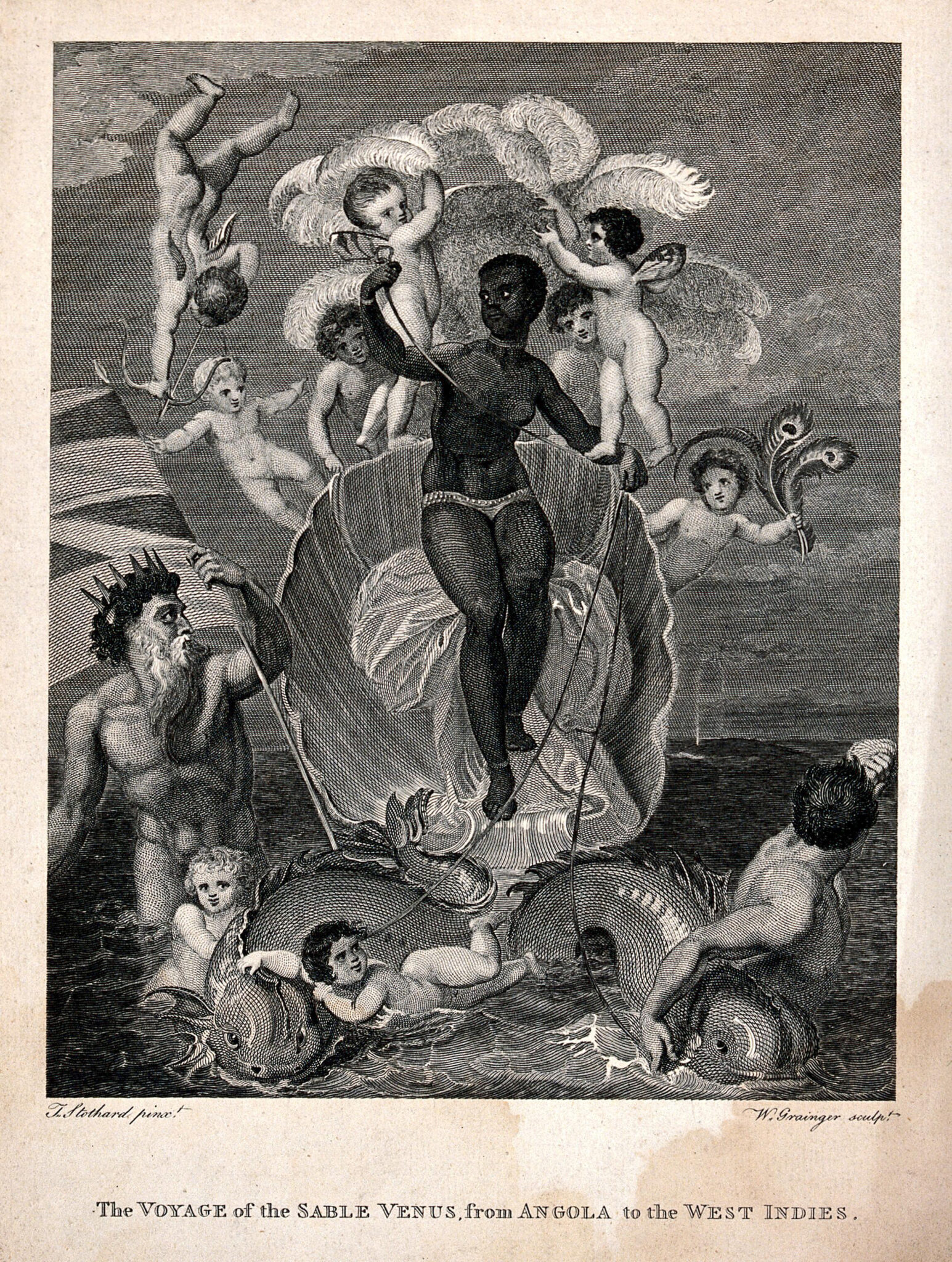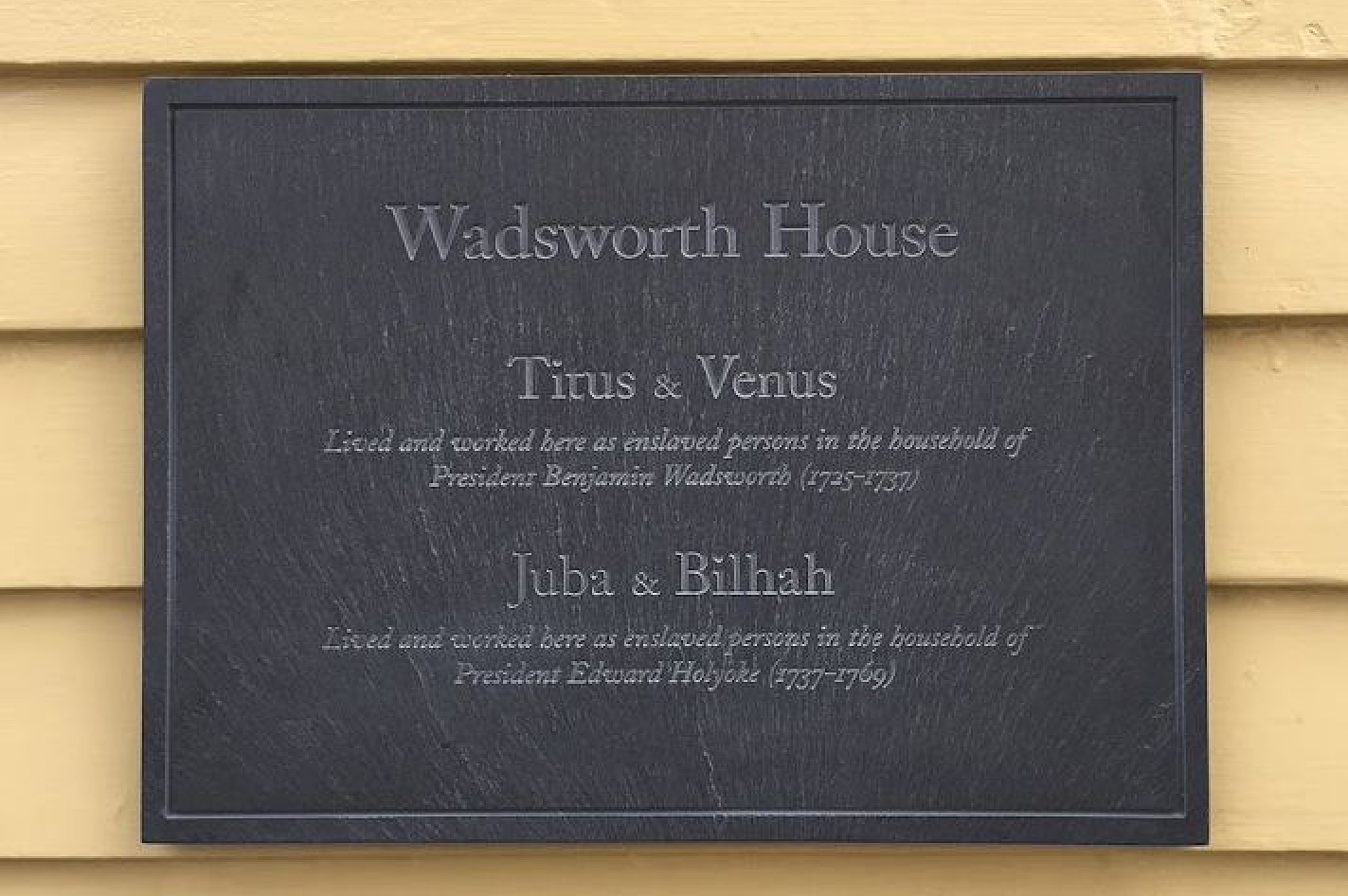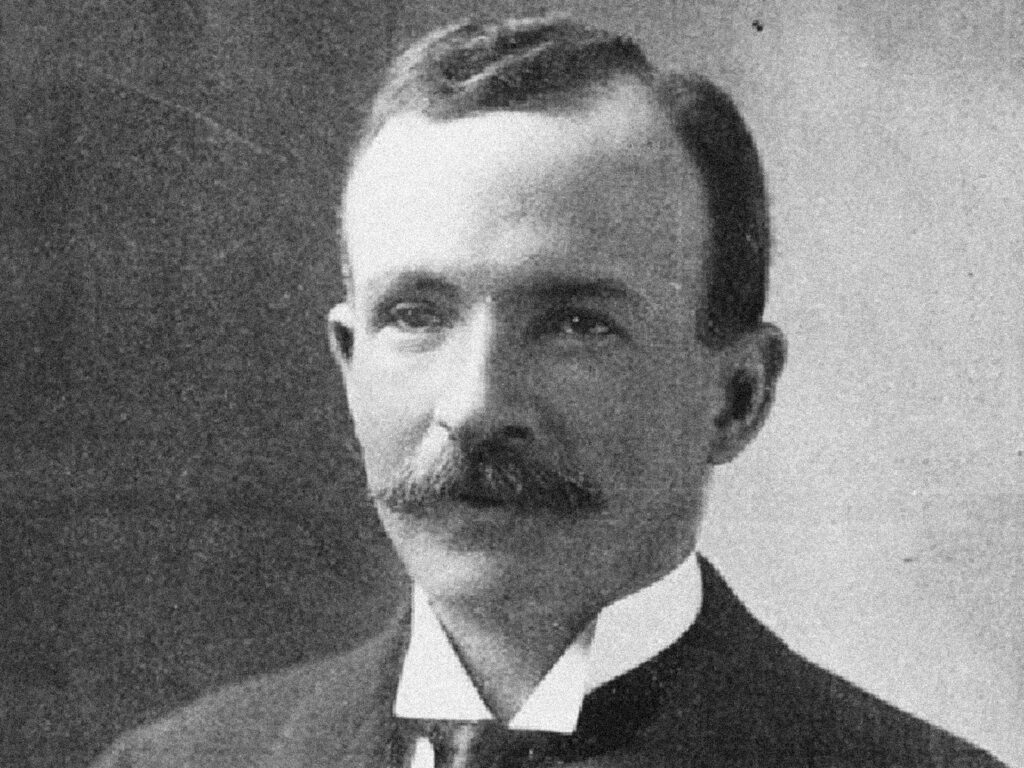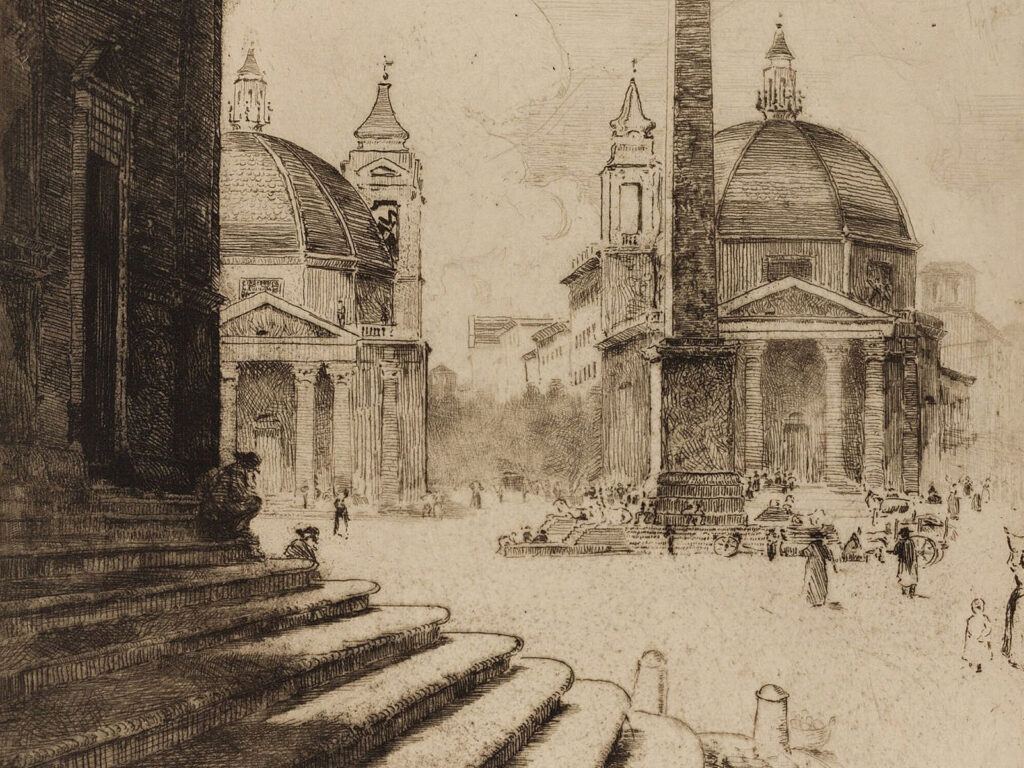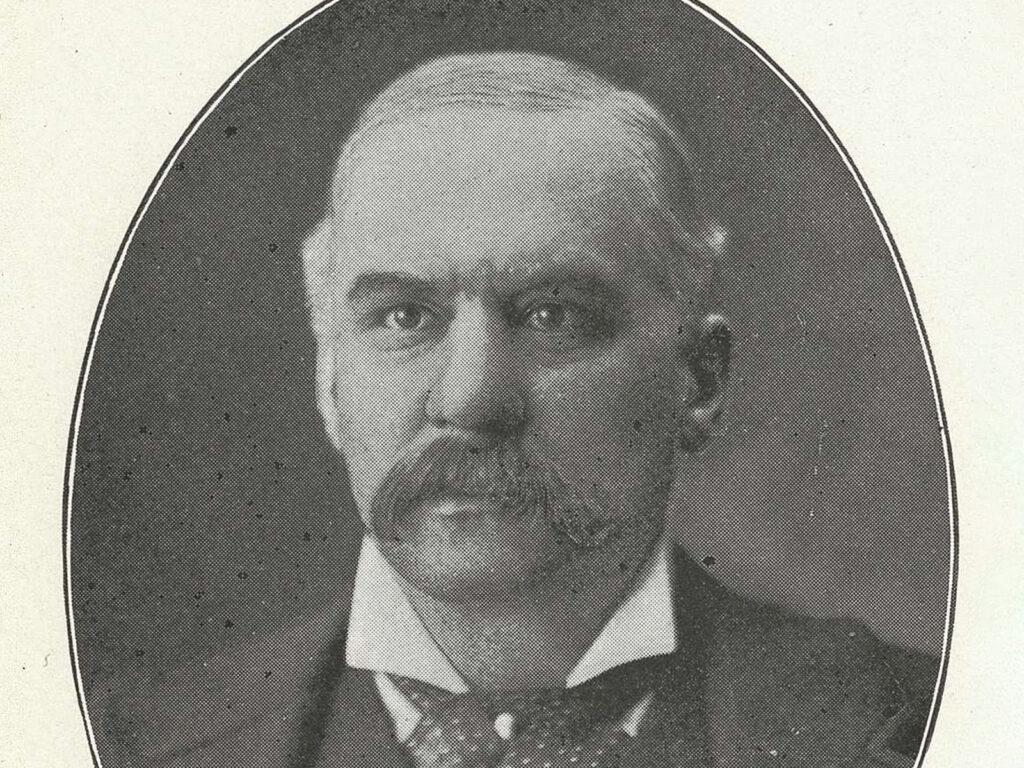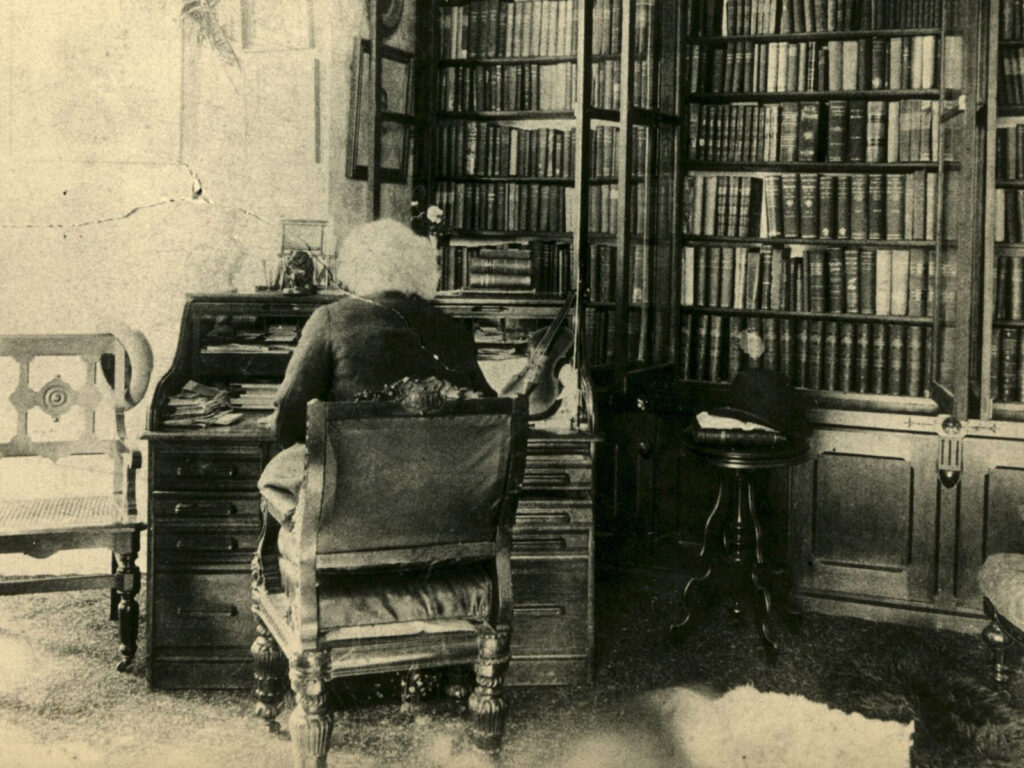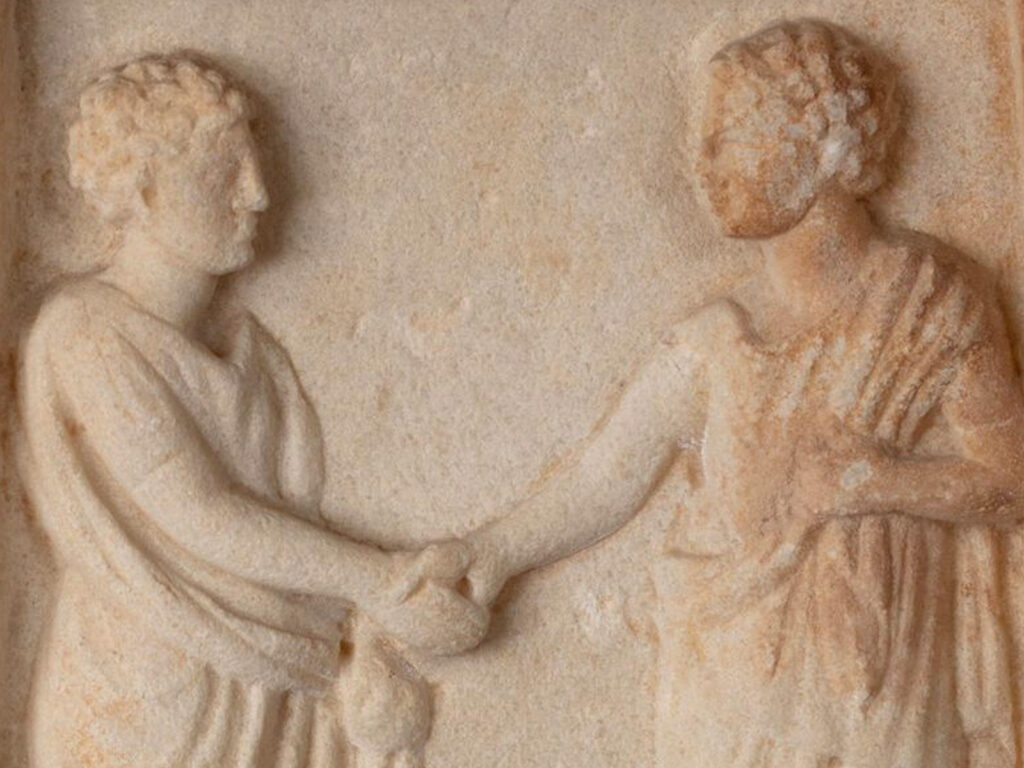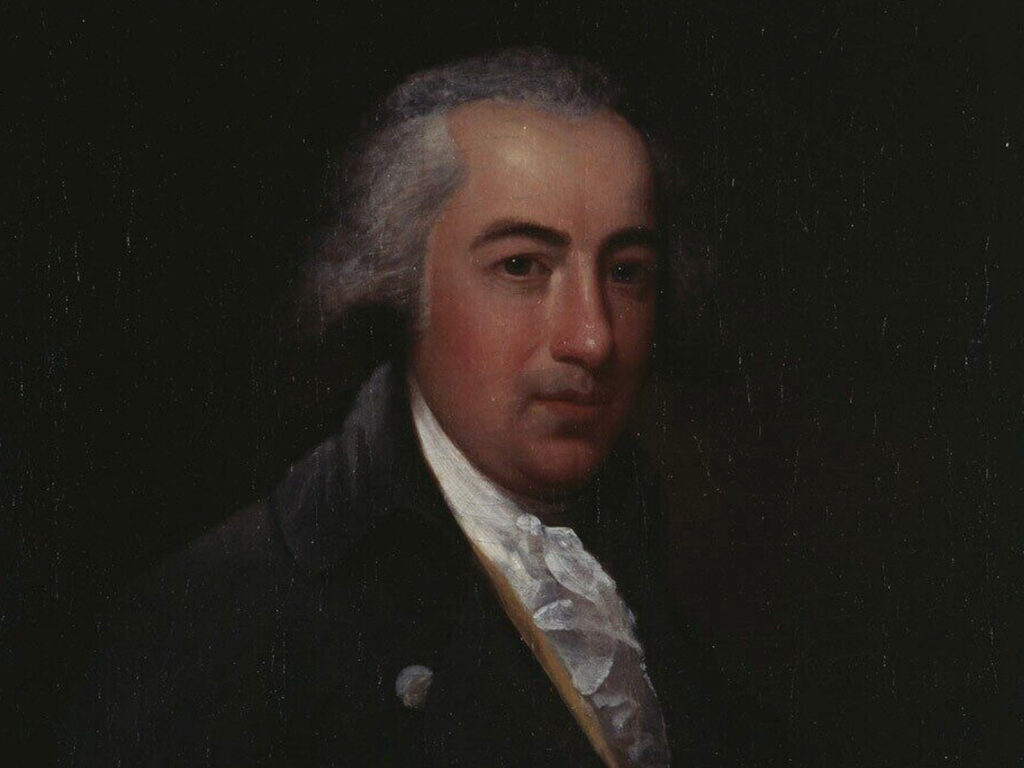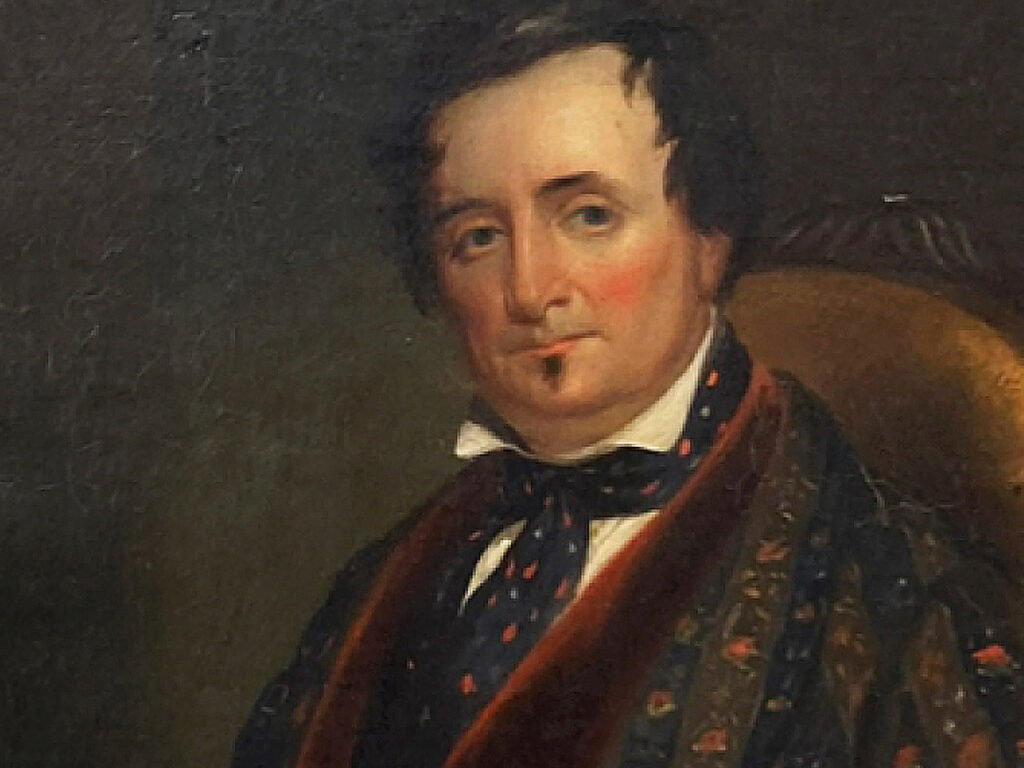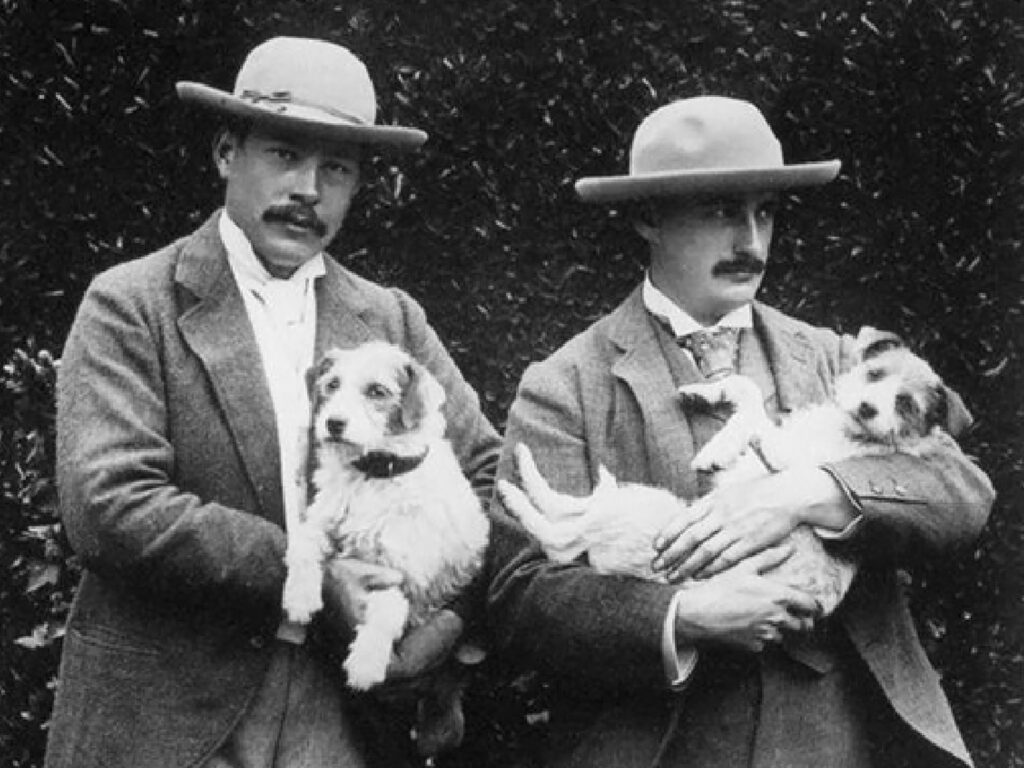James Bowdoin II was himself an enslaver. Slavery was not outlawed in Massachusetts until 1783, and Bowdoin’s Boston household included paid and enslaved servants throughout most of the preceding decades. Several of the individuals enslaved by Bowdoin had names drawn from antiquity, including Polydore (after Polydorus, prince of Troy), Cyrus (after the Persian king), and Caesar. The enslaved Caesar’s story illuminates Bowdoin’s values (as well as those of his fellow Boston elites). In 1763, Bowdoin sent Caesar to the Caribbean island of Grenada, knowing full well the brutal plantation labor that awaited him, because, as Bowdoin wrote, “My man Caesar has been engaged in an amour with some of the white Ladies of the town…”. He asked his brother-in-law George Scott, the Governor of Grenada, to “dispose” of (sell) Caesar via the auction block in punishment.
To give another example of just how common it was for enslaved people to be given classical names, the partial list below demonstrates how frequently the name Venus was used:
- 1720s–40s: Venus, enslaved in Cambridge to the family of President Wadsworth at Harvard College
- 1731: Venus, fourteen-year-old enslaved girl purchased in Newport, Rhode Island, by theologian Jonathan Edwards, future president of the College of New Jersey (now Princeton University)
- 1756: Venus, enslaved to Reverend Ebenezer Bridge, dies in Chelmsford, Massachusetts
- 1772: Venus, a servant to Nathaniel Cooper, baptized in Dover, New Hampshire
- ca. 1776: Venus, “a pauper belonging to Dover.”
- 1783: Venus, eight-year-old enslaved person taken to Nova Scotia by Loyalist John Herbert
- 1784 or 1785: Venus, enslaved person, bears a son on the plantation of John Augustine Washington (brother of George Washington)
- 1792: Venus, child murdered on board a British slave ship
- 1800: “The negro wench Venus,” bequeathed to Ann, wife of James Pollock, Cumberland County, Pennsylvania
- 1807: “Venus—a Black” receives a monetary gift from a St. John’s Church in Portsmouth, New Hampshire
- 1807: Venus, enslaved to Thomas Craighead (1737–1807) in what is now South Middleton Township, Pennsylvania.
This last Venus was thought to be the sister of the first known Black woman poet in America, Phyllis Wheatly. Incidentally, Wheatley’s engraved portrait of 1773 may have been made by a Black artist with the classical name Scipio Moorhead who lived in Boston and was auctioned in 1775. In fact, Scipio was common enough as a slave name that Harriet Beecher Stowe chose it for one of her protagonists in Uncle Tom’s Cabin.
Why choose the names Venus or Scipio? Some scholars have argued that classical names could show off slave-holders’ learning while also mocking those humans held as property by giving them ironic names of powerful ancient rulers, gods, and heroes. Historian Susan Benson characterizes these names as “injurious,” citing Harlem activist Richard Moore’s statement that “slaves and dogs are named by their masters, free men name themselves.” Classical names marked slaves by applying naming forms not used by the dominant class. At the same time, they could carry embedded references; the name “Scipio” refers to the Roman general, victorious in the African campaign against Carthage, and Scipio Africanus played on the African origin of some enslaved people. Cultural anthropologist Sarah Abel asserts that “names like ‘Venus’ for female slaves reflected and licensed the lasciviousness of European slaveowners toward African women, making such behaviors ‘sound agreeable.’”
